Lee McQueen’s Sarabande artists spread their wings
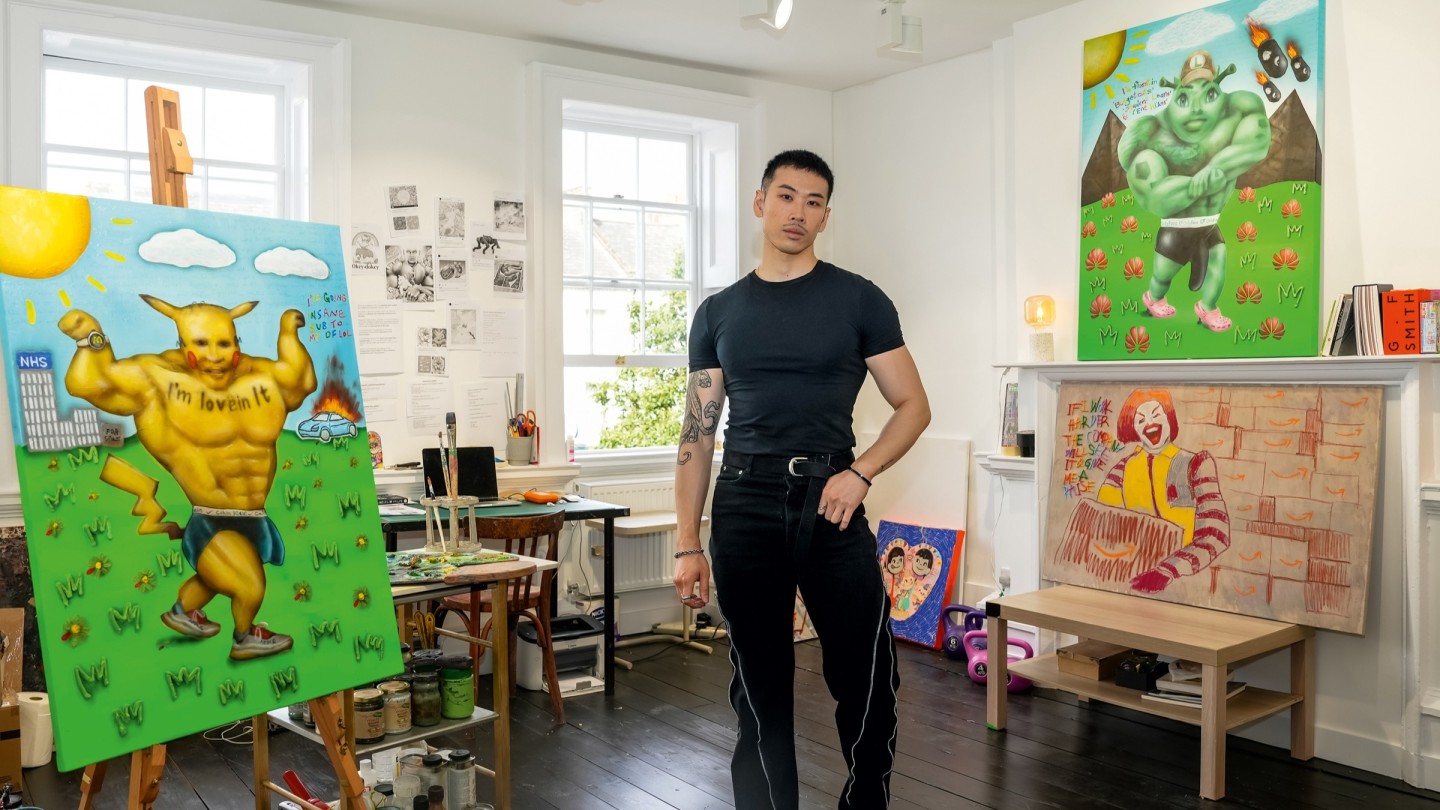
Roula Khalaf, Editor of the FT, selects her favourite stories in this weekly newsletter.
A pair of handsome, newly restored Grade II-listed Georgian townhouses in Tottenham (a skip and a jump from the Hotspur stadium) have seen many lives and achievements in their centuries of shelter. Originally built in 1715 for Sir Hugh Smithson, a city merchant and MP for Tottenham, they have recently been transformed into a second home for the Sarabande Foundation, established in 2006 by fashion designer Lee Alexander McQueen to offer gallery, workshop and studio space (for up to two years) to creatives shaping the cultural landscape. In these light-filled townhouses, experimentation is the order of the day.
Before his death in 2010, McQueen regularly supported creatives and arranged to fund scholarships at Central Saint Martins and The Slade. Having then established the Sarabande Foundation, he tasked Trino Verkade, with whom he had worked closely for 18 years, with growing it. Indefatigable, and with a striking shock of red hair, Verkade left her job as CEO of Thom Browne in 2015, and moved from New York to London to take on the project full time. She has given it real horns – acquiring and renovating a stable block in Haggerston to give the Foundation a home and longevity, and establishing an influential board of trustees and ambassadors including artist Sam Taylor-Johnson, photographer Nick Knight and curator Andrew Bolton. “It is incredible being in a role that has the freedom to look at what is happening culturally and is able to react” says Verkade.
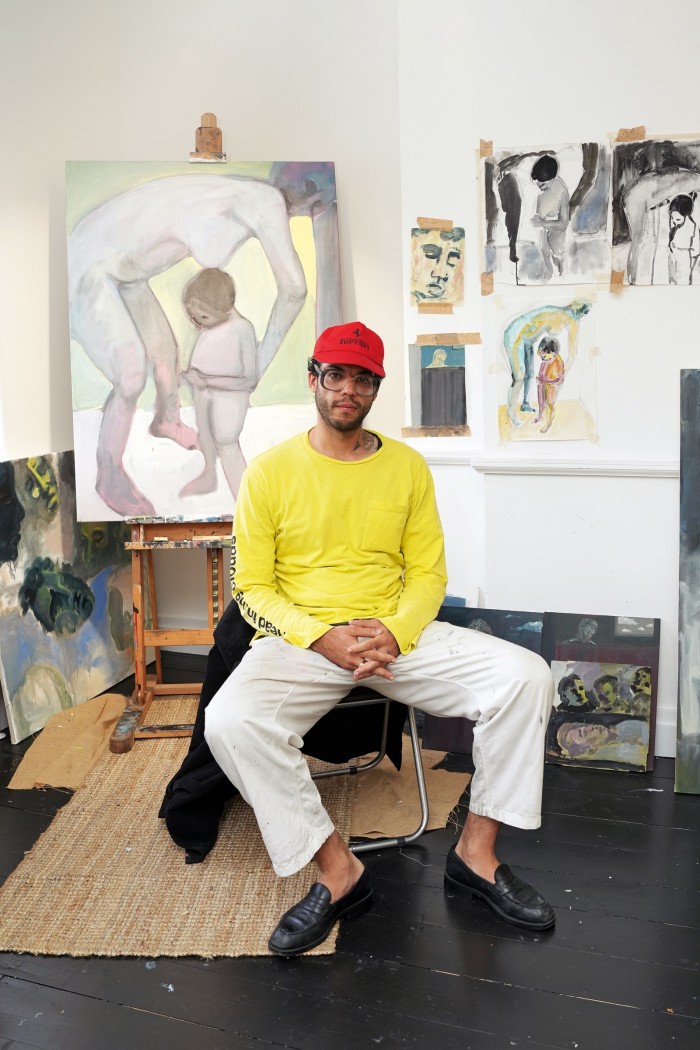
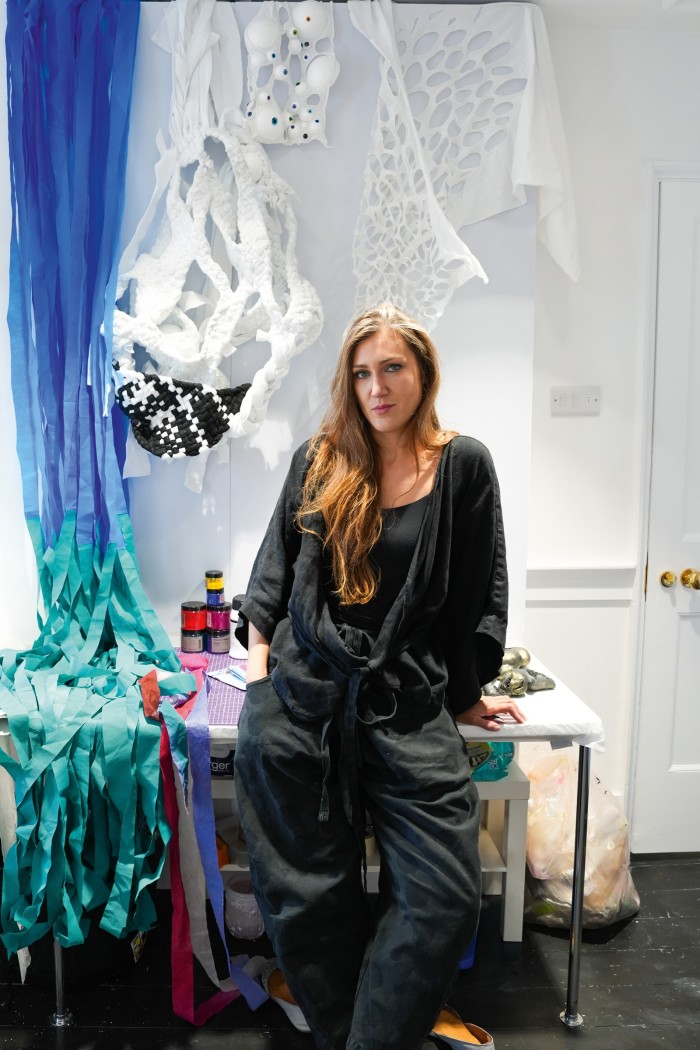
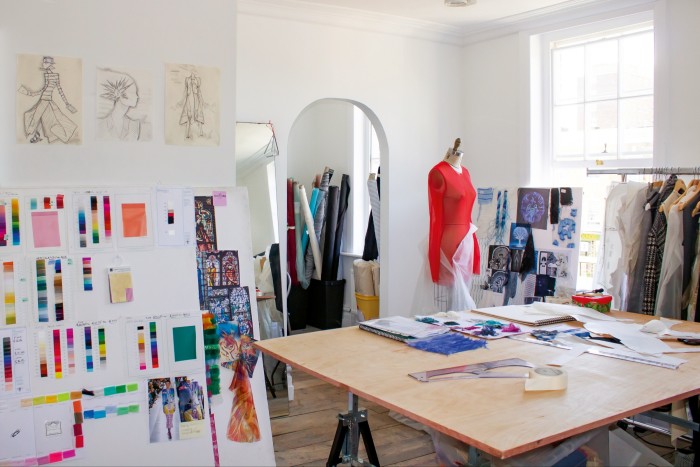
The transformation of the new space has been made possible by Paxton17, a development company with a commercial as well as philanthropic purpose that is helping to rejuvenate the once down-at-heel Tottenham area into a thriving hub. Further up the street, at 808 High Road, a beautiful Queen Anne building with a coach house has been restored and converted with Lottery funding to create an arts space, café, and garden. (The studios will relocate here when further renovations are complete in 2026.)
Sarabande High Road, as it is known, is an energised place to create art. In one studio, Cardiff-born fashion designer Paolo Carzana is surrounded by the diaphanous, romantic looks, mannequins and tape measures from his recent London Fashion Week NewGen catwalk show – for which a clutch of Sarabande artists and staff helped out backstage. “It is just so inspiring working from here and being able to collaborate with fellow artists,” says Carzana, who completed his MA at Central Saint Martins in 2020. Such projects have “really saved me”, he says, from the isolation of working alone.
Likewise Leyman Lahcine, a figurative painter who is embarking on a new body of work built around memory and nostalgia. “I was looking for a place to meet artists and ground my practice – here is a bubble of disciplines and ideas; it’s where I can find energy to create new work,” says Lahcine.
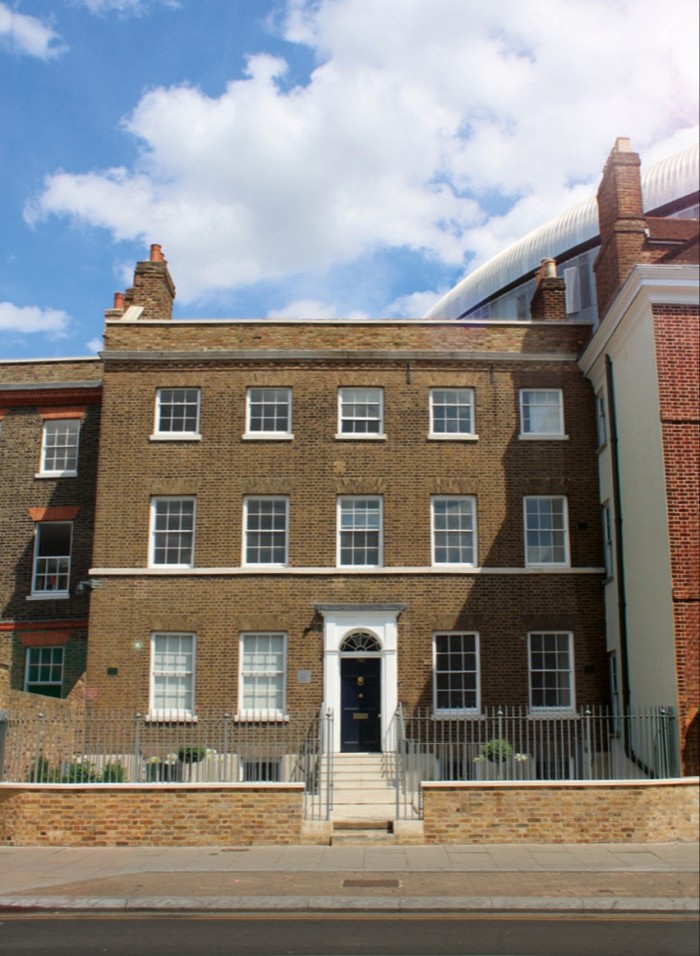
In a neighbouring studio, New York-born sound artist Noah Berrie is making intricate speakers constructed from paper and copper wire, which will broadcast his own compositions. In another, Kuniko Maeda, who works at the intersection of craft and technology, is creating delicate serpent-like box-framed sculptures from laser-cut paper. “Paper is a humble everyday material that is throwaway – I want to give it beauty and durability,” says Maeda.
The cohort of artists doesn’t just benefit from being given space (rented at £1 a foot to cover utilities) and the sense of community. Workshops and a robust programme of open-to-the-public talks also provide educational support, while Verkade, her six-strong team and the network of creative professionals who regularly visit the Foundation offer mentorship and guidance. “Young creatives are not all looking to be rich and famous – they want to create something, and tell a story that’s important to them,” says Verkade.
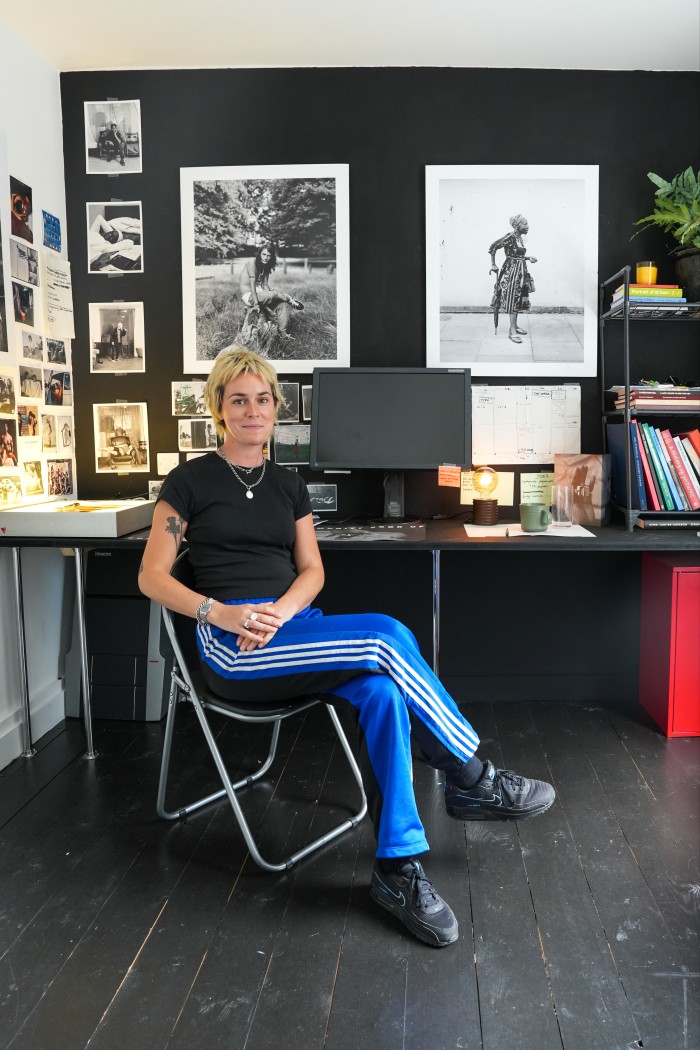
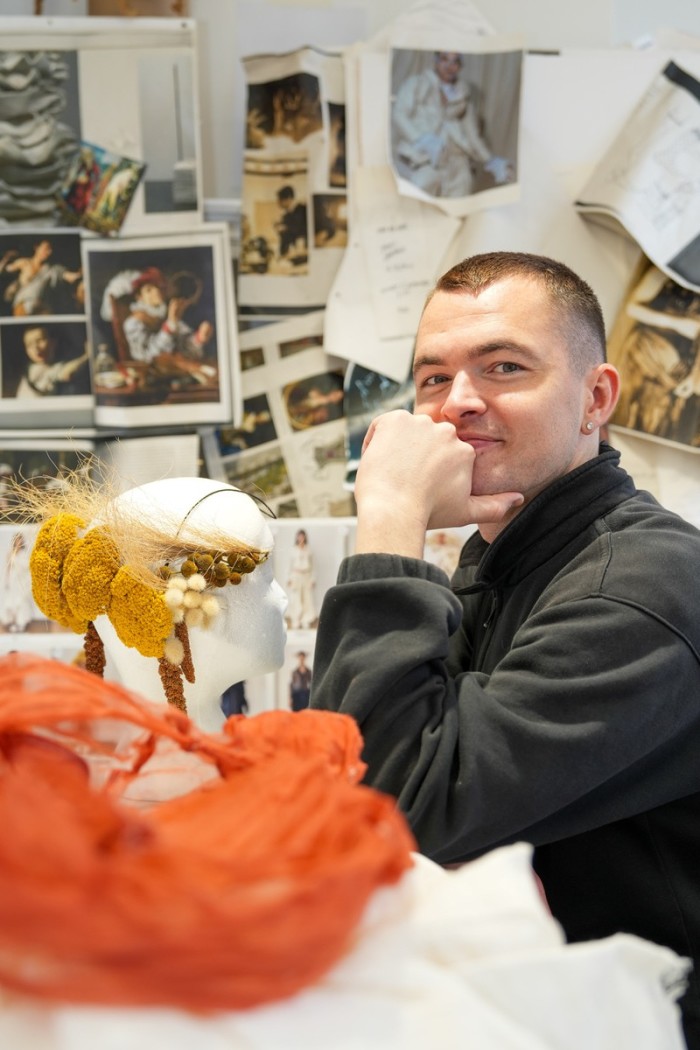
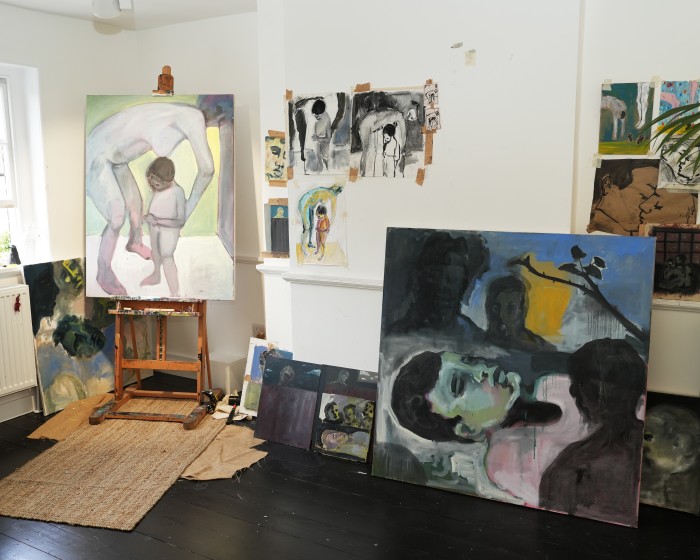
“Trino is a force of nature. She never seems to lose energy or belief in the power of human ingenuity,” says Tim Marlow, director and CEO of the Design Museum. The Tottenham space, he adds, “will give further scope and range to one of the most important but understated cultural foundations in London”. He describes its ethos as “a more intensive and evolved microcosm of the art school, where artists and designers work in close proximity and exchange ideas”. This confluence of disciplines is vital, he believes, “particularly for young creative individuals trying to establish themselves. In a way it mirrors the visionary NewGen scheme that McQueen was a major beneficiary of, and that launched the careers of so many of the most talented British fashion designers of the past three decades.”
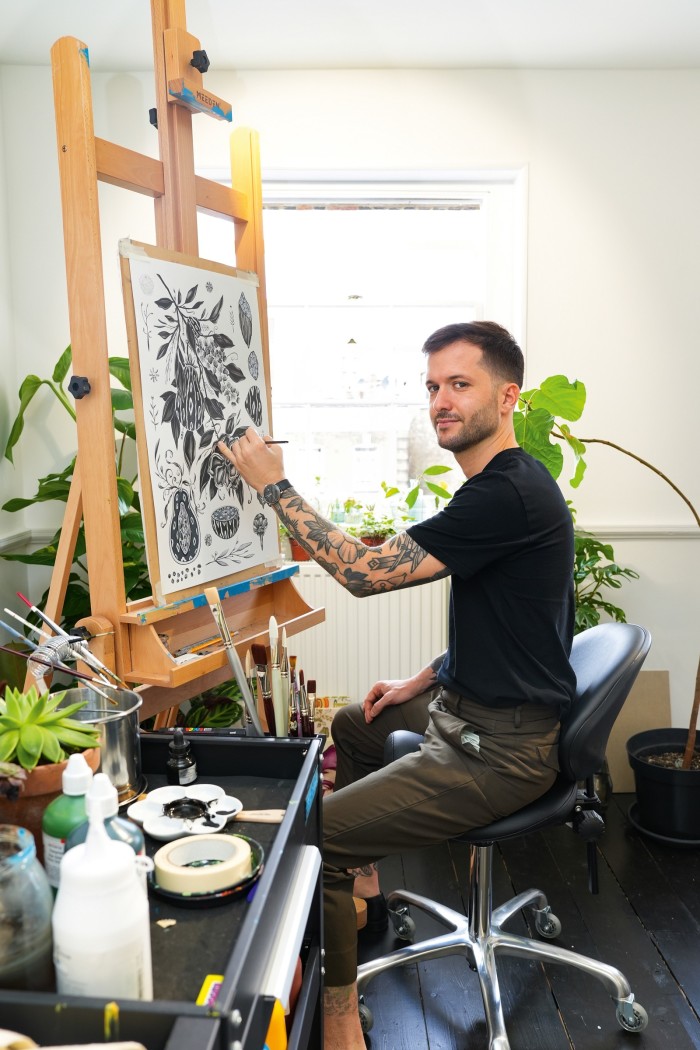
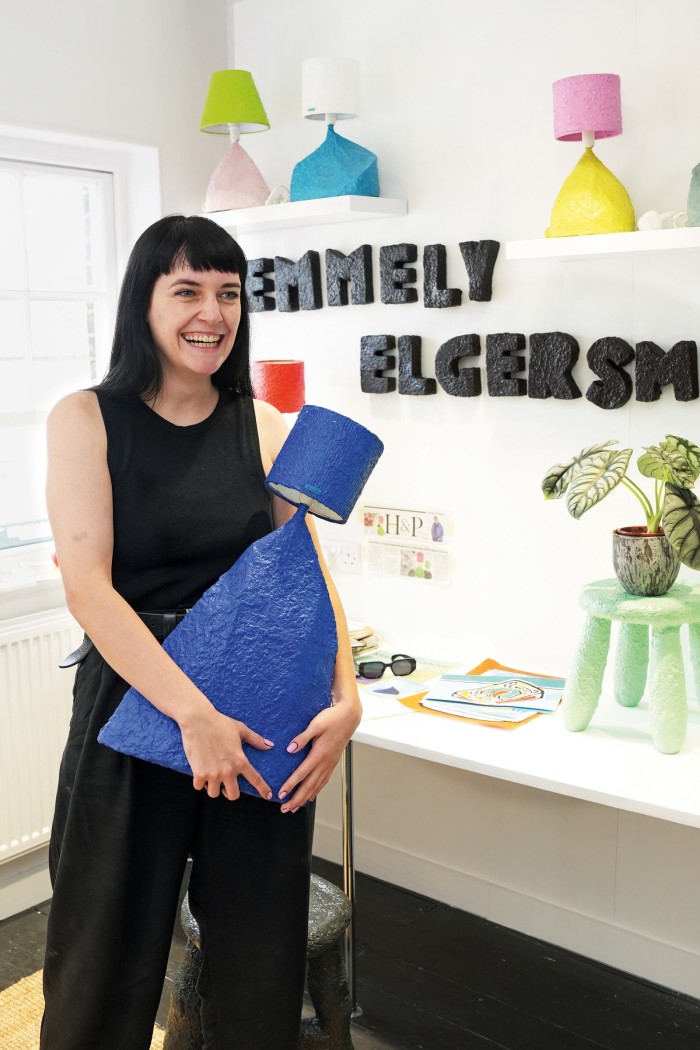
Thirty-five creatives across the two spaces are selected from more than 450 applicants for their boundary-pushing work and their ability to contribute to their peer group’s output. “The foundation is helping cultivate different journeys and different paths,” says Verkade. “We want these artists to create work that they are truly proud of; the foundation is here to help facilitate that and give the work a platform.” Alumni include award-winning designers Craig Green and Bianca Saunders, jeweller Castro Smith, fine artist Michaela Yearwood-Dan (now at the Marianne Boesky Gallery) and sculptor and textile artist Daisy Collingridge (at TJ Boulting Gallery). The ever-growing “family” of artists often return to mentor the next wave of artists, as well as using the gallery spaces for shows, fittings, sales appointments or castings.
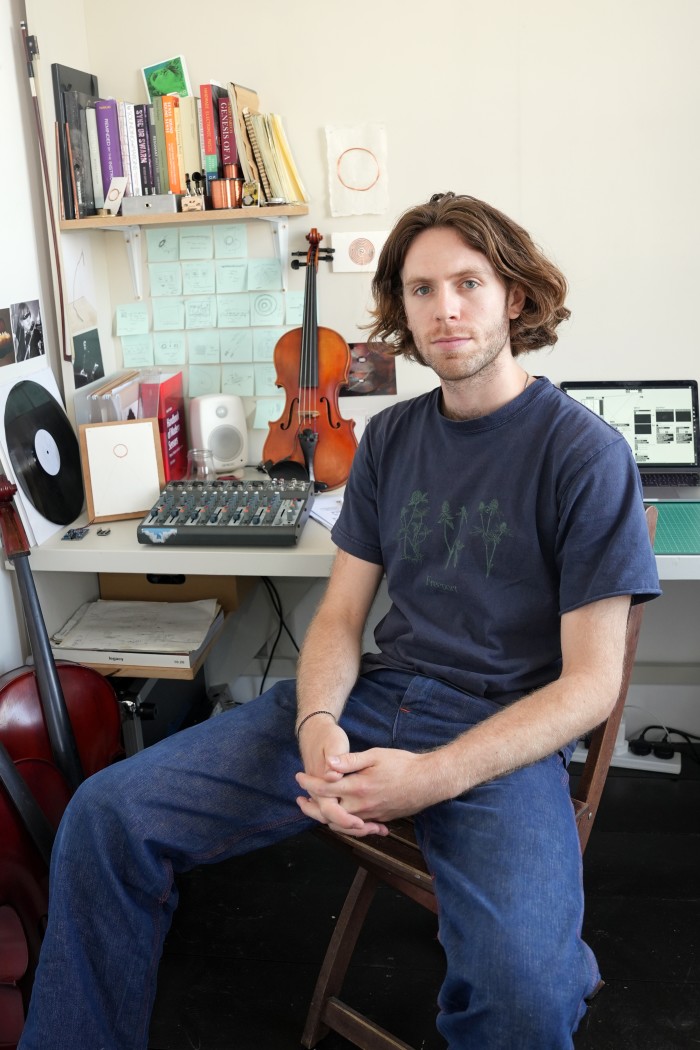
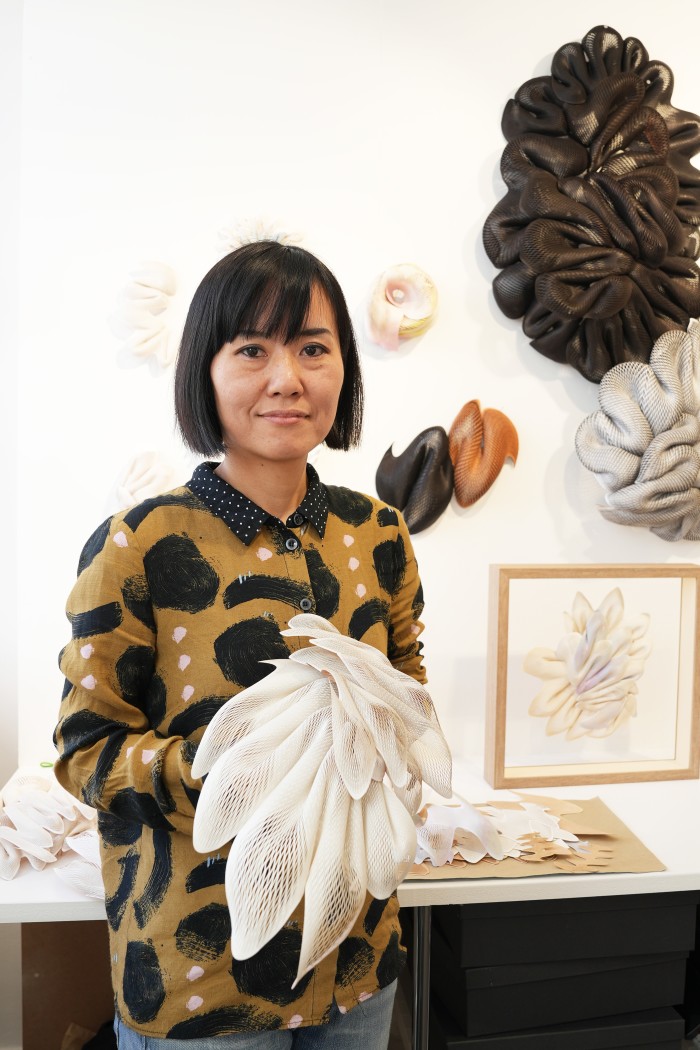
The cost of living crisis, spiralling studio rates and cuts in arts-education funding make the work of the Foundation ever more needed and appreciated. Sarabande was established with McQueen’s £10mn bequest, but to keep it in good health, Verkade ensures there is a network of fundraising streams, including annual dinners in London and New York (where the foundation is also registered as a charity); sponsored studios (McQueen, Hermès and Burberry have plaques on doors); and the House of Bandits, an off- and online gallery of works for sale. Best-sellers include a growing collection of dining plates (as good on the wall as on the table) featuring artwork by Sarabande supporters including Tim Burton, Sarah Burton, Francesca Amfitheatrof, Ridley Scott, Jake Chapman and Daniel Roseberry of Schiaparelli. A set of two is available for £149.
How To Give It
Good nourishment is what the Sarabande Foundation is all about: allowing artists the space and energy to grow. “We want the next generation to flourish – you’ve got to have newness and voices coming through,” says Verkade, breaking into a big, generous smile. McQueen’s maxim, “Give me time and I’ll give you a revolution”, rings all around.
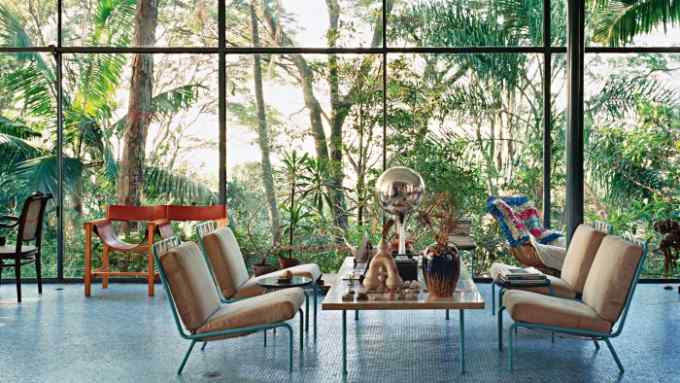
Comments